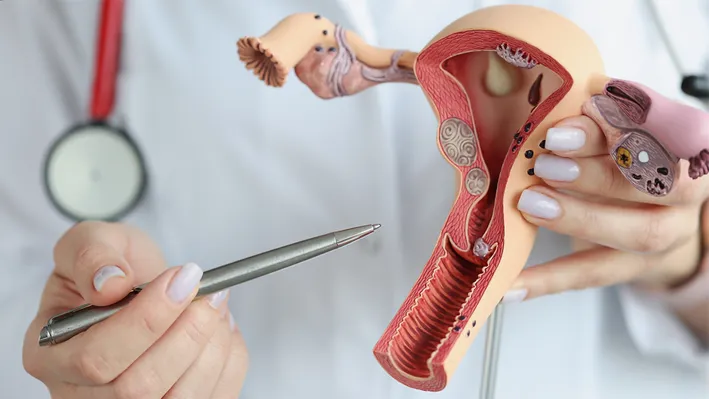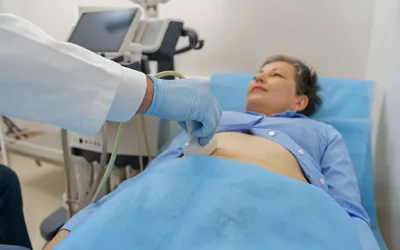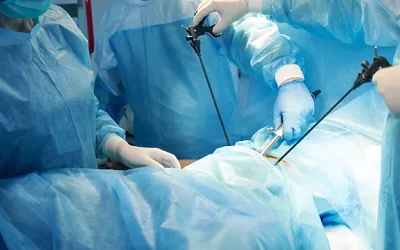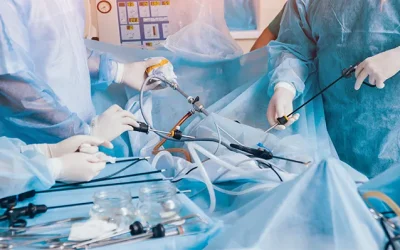Hysterectomy is a surgical procedure that involves the removal of the uterus and, in some cases, the cervix, ovaries, and fallopian tubes. It is usually done in women over 40 years and who have finished childbearing unless for cancer it is done even in younger women who haven’t borne children.
Hysteroscopy and polyp removal is a common treatment for various gynecological conditions such as uterine fibroids, endometriosis, chronic pelvic pain, abnormal bleeding, and certain cancers.
There are different types of hysterectomy: total (removal of the uterus and cervix), subtotal or partial (removal of the uterus while leaving the cervix intact), and radical (removal of the uterus, cervix, parts of the vagina, and surrounding tissues, usually for cancer).
The hysteroscopy and polyp removal procedure can be performed through various surgical approaches, including abdominal, vaginal, or laparoscopic techniques.
The recent addition is the innovative vNOTES or scarless surgery.
The choice of method depends on the patient’s medical condition, the pathology for which it is being done, and the surgeon’s expertise.
Recovery time varies, with minimally invasive methods typically offering quicker recovery and less postoperative pain as compared to conventional open surgery.
A hysteroscopy and polyp removal can significantly improve the quality of life for women with debilitating symptoms, though it also results in the loss of fertility.
Is Microwave Ablation of Fibroids the Breakthrough We Need?
Uterine fibroids are prevalent among women, and they come with pain and complexity. Microwave ablation of fibroids is...




0 Comments